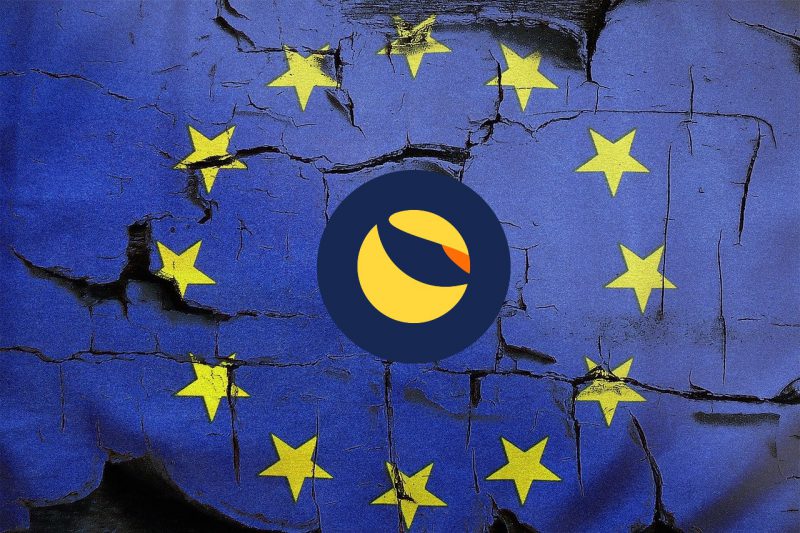The entire globe witnessed the downfall of Terra. The magnitude of this fall was so detrimental that regulators from across the globe decided to probe the stablecoin market. While stablecoins were quite often left out of regulations due to their stability, the collapse of USTC changed it all.
Several governments were keen on regulating the entire market, but stablecoins became their priority. Similarly, the European Union has been working on the Markets in Crypto Assets [MiCA] framework since 2020. Now, however, the framework seemed to have garnered momentum.
It was brought to light that EU policymakers had finally agreed on a law that would govern the crypto-verse. The members of the Parliament agreed on regulating the market under a single law that would come into force in 2023.
While the MiCA regulation covers an array of areas around the crypto industry, the governance of stablecoins was highlighted. The collapse of Terra and its algorithmic stablecoin USTC is said to have influenced this. The de-pegging of USTC brought about grave damage to its investors. The asset lost its $1 peg and dropped to a low of $0.006218.
Member of the European Parliament, Ernest Urtasun took to Twitter to address regulations surrounding stablecoins. He pointed out that there would be a cap of 200 million Euros in transactions of stablecoins per day. It was also noted that large stablecoins would be overseen with stringent “operational and prudential rules.”
He added,
“Stablecoins will have to maintain reserves to cover all claims and provide redemption rights of the holders. The reserves will have to be legally and operationally segregated and insulated in the interest of the holder, and will be fully protected in case of insolvency.”
Will MiCA only regulate stablecoins? Not really
All things crypto is expected to be overseen under the MiCA regulation framework. From cryptocurrencies that have no backing to trading platforms as well as wallets, the framework covers it all.
Turns out, Terra wasn’t the only influence on the framework, the ongoing bear market also played a part. Speaking about the same, Stefan Berger, a member of the Parliament who led the MiCA regulatory framework said,
“Today, we put order in the Wild West of crypto assets and set clear rules for a harmonized market. The recent fall in the value of digital currencies shows us how highly risky and speculative they are and that it is fundamental to act.”
In addition to this, consumer protection would be upheld in the latest framework. Trading platforms would be required to provide whitepapers for assets with no proper issuer. While Bitcoin does have a whitepaper, other assets that have anonymous founders are likely to be in trouble.
While NFTs have just started to garner traction, they would be regulated over the next 18 months. Even though clear regulations are pertinent, the fact that the very “first comprehensive regime for crypto-assets in the world” was influenced by Terra did not sit well with the community.





